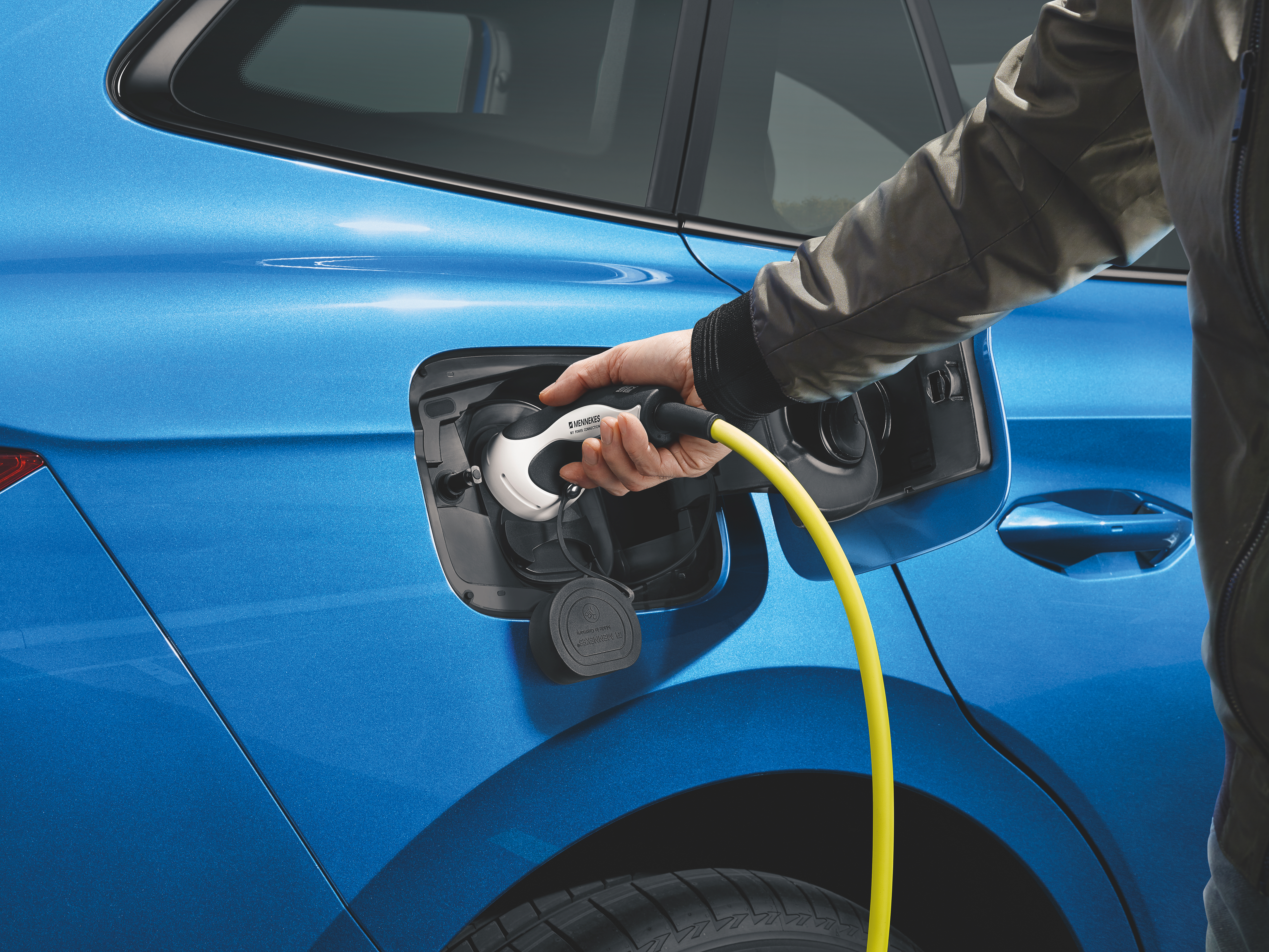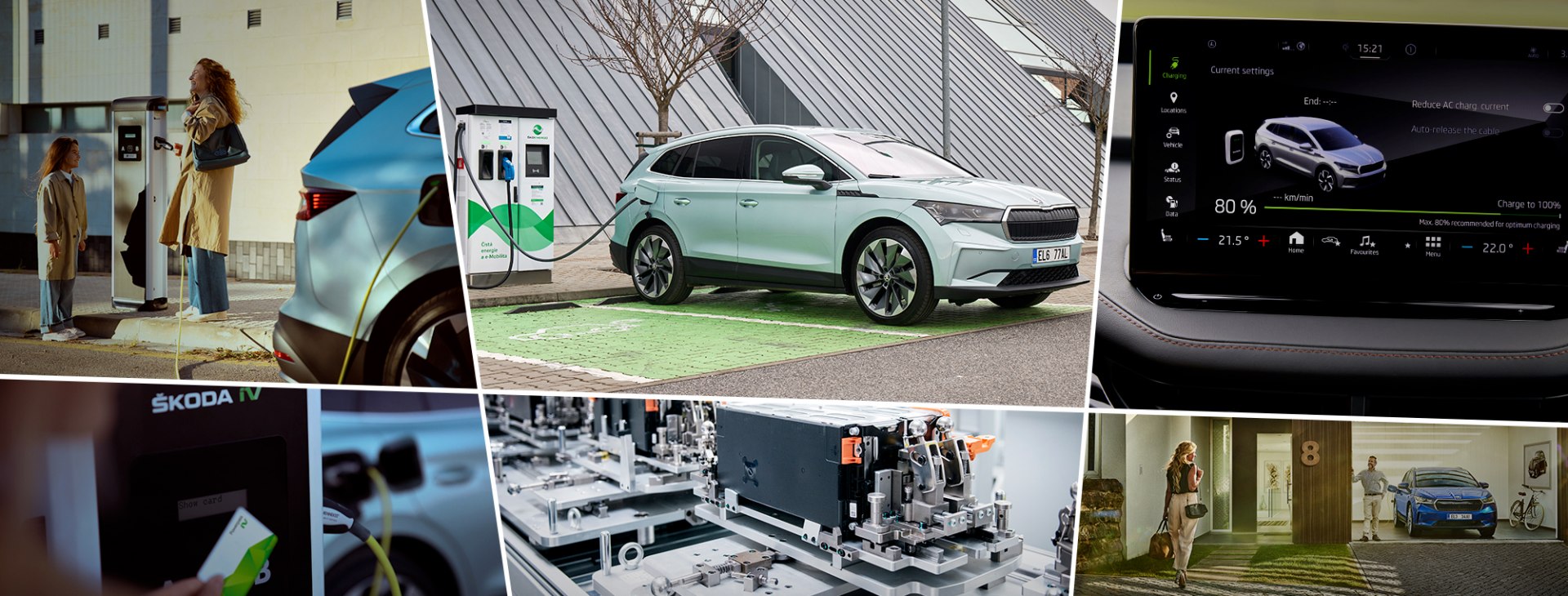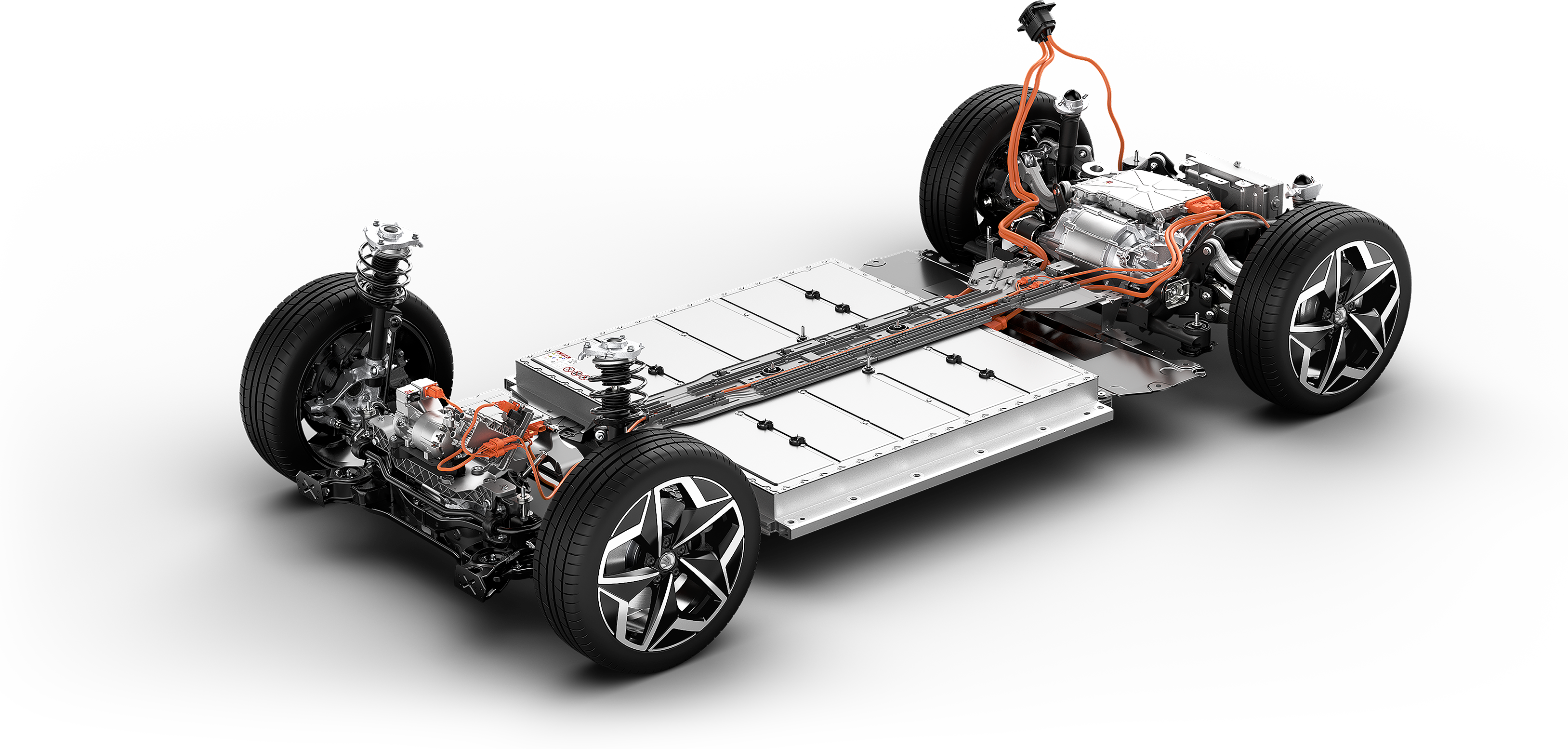Michal: To put it simply, I deal with everything to do with charging electric and hybrid cars, especially charging functions and communication with charging stations. This is my third year working in technical development at ŠKODA. Previously I had the opportunity to be involved in the development and construction of unmanned helicopters, and later in the wiring of transport and airborne aircraft. In that work I realised the importance of being meticulous and that you can never skimp on the safety and reliability of electrical systems. This is also absolutely crucial in my current work, as this is also a major focus at ŠKODA and throughout the Group.

Petr: I have been at ŠKODA since 2007. After a few years in radio development, I wanted a change, but I didn’t want to leave the field of electrical engineering. I was intrigued by the chance to be involved in the technical field of charging for purely electric and plug-in hybrid cars. I was involved in electrical circuits when I was studying, and the innovation that characterises the field of electric cars is very appealing.






































